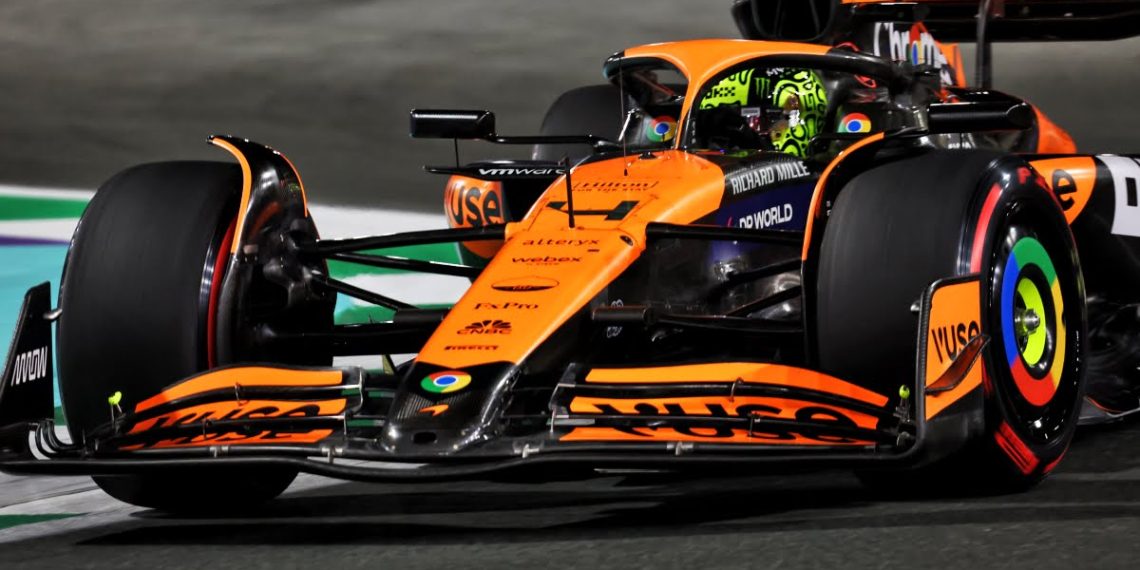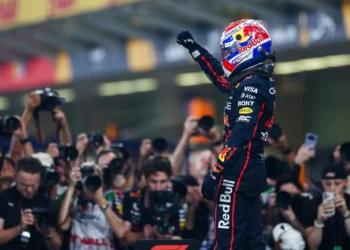Lando Norris, British driver for McLaren, expressed his belief that oscillation issue in Formula 1 is still a problem and requires long-term improvements. This issue arose in 2022, when the sport returned to ground effect aerodynamic regulations. Teams and drivers experienced extreme vertical oscillations, known as “porpoising”, where cars touched the ground under aerodynamic load. This caused the aerodynamics to stall and the floor to lift before loading the aerodynamics again and touching the ground. The “porpoising” phenomenon haunted the drivers throughout the 2022 season and raised concerns due to the stress it imposed on their backs. In response, regulations were implemented in 2023, requiring a 15mm increase in the floor edges to mitigate the issue. However, the oscillation problem was not completely eliminated from ground effect cars. Norris, along with his teammate Oscar Piastri, shared their thoughts on the matter, considering the possibility of a connection between the oscillation and the appendicitis cases involving Alex Albon at the 2022 Italian Grand Prix and Carlos Sainz at the 2024 Saudi Arabian Grand Prix. Norris acknowledged the improvements made since 2022, but highlighted the ongoing need to run the cars in extremely low and stiff configurations, which affects the drivers’ bodies. He personally struggles with his back and overall physical condition, indicating that long-term improvements are necessary, especially if he plans to continue racing in Formula 1 for many years.
Piastri stated: “I believe we have effectively addressed this, but it is something we must monitor in the future. Similar to Lando’s point, in the end, we will drive the car as fast as possible and not sacrifice lap time for any post-race discomfort. Rules are necessary to prevent us from exceeding the limits, because our competitiveness will always lead us to achieve the best lap time, regardless of the consequences.”
Andrea Stella, team principal of McLaren, acknowledged that the 2022 regulations presented unintended difficulties and looked to the future for solutions within the technical regulations of 2026. “We have made significant progress in understanding these challenges, which is why current cars are more comfortable to drive. However, they can still be quite unstable,” he explained. “When it comes to high-speed sections, there is still a tendency for cars to oscillate and experience ‘porpoising’, resulting in a possible loss of control. Therefore, it is not just about comfort, but also about how close to the limit the car gets when these dynamic oscillations occur. All lessons learned from this should definitely be applied when designing the 2026 regulations, especially if they involve smaller cars, as intended. However, the regulations should still be based on the ground-effect cars we currently use. It would be unsatisfactory and incomplete if the 2026 cars faced similar issues to those of 2022.”










